
Create your own journey; Experience the best of Northern Spain at your own pace
This website uses its own and third-party cookies, for the proper functioning of the site and to generate usage statistics.
By continuing to browse we understand that you consent to our �ookie policy
Logroño - Burgos
Camino De Santiago Francés (French way)
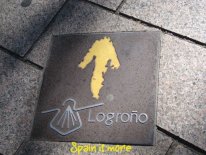
You will arrive by bus or train from Madrid, Bilbao or Barcelona depending on your arrival to Spain.
Bathed by the Ebro river, Logroño historically has been a place of passage and a crossroads of "the Camino de Santiago”. In Logroño you will stay in a hotel in the historical centre. This is the same quarter in which monuments, streets, houses, shops, bars and the most famous squares in the city can be found and where of course you can go out for tapas. In Logroño you can also visit different cellars and in the Spain is More guide that you will be given before starting your journey, you will find some suggestions of the best ones.
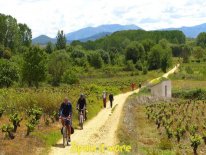
The parks and natural environment of the Grajera Reservoir top off the stay in Logroño and open the doors to the incredible Rioja landscape, filled with vineyards and orchards filled with fruit trees.
This stage takes you to Nájera, passing through Navarrete, a town celebrated for its traditional pottery. Later you walk on to Ventosa and the heights of San Antón. These hills offer views of unending rows of vineyards, a beautiful sight especially in September when harvest has reached its peak.
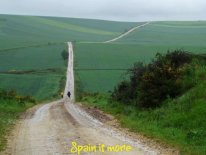
Today the goal is Santo Domingo de la Calzada, a town in Rioja Alta. The route passes through the charming town of Azofra.
In this segment, due to its proximity to Castilla, the landscape is rich with abundant fields of grain. Moreover, Santo Domingo itself is a vibrant town. There are many restaurants with delicious food and a very well preserved city centre that attract tourists all year round.
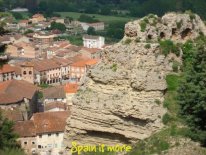
Today the Camino enters Castilla y León. From now on, and for a couple of weeks, you will pass through the widened passages of the “Meseta Castellana,” the Castillian plateau. The next closest objective is Belorado, located in the shade of a peak where ancient hermit caves and the ruins of a mythical Castle still remain.

The following stage passes through several interesting monuments such as the Virgen de la Peña Church, carved out of the rock as well as some nicely located castle ruins.
This part of the journey passes through hillside landscapes and extensive forests (the last before reaching León, and if you have chosen to continue walking from Leon to Santiago, you will not see true forests for approximately 300 km.).

The first leg of the trip passes through a small pine forest before seeing the outskirts of Burgos.
Burgos was founded in the year 884 and its heritage shines with its own light. The city is filled with monuments that include its crowned jewel, an amazing gothic cathedral. In fact, the cathedral of Burgos became a UNESCO World Heritage Site in 1984. Overall, Burgos gives off a medieval feeling, a sensation completed by its inviting tapas bars.
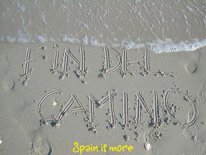
Departure from Burgos with bus or train to Madrid, Bilbao or Barcelona.
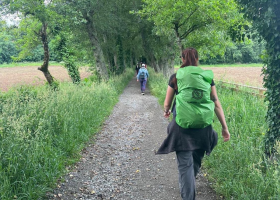
Pilgrimage on the last 116 km from Sarria to Santiago – the perfect taster
8 days / 7 nights
From 630 EUR/pers.
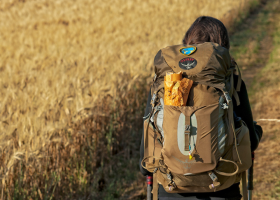
Pilgrimage through the most beautiful cathedrals of Spain
14 days / 13 nights
From 795 Euro/pers.
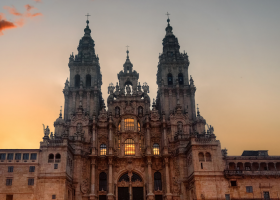
Self-drive holiday from Bilbao to Santiago along the Camino de Santiago.
9 days / 8 nights
From 855 EUR/pers.
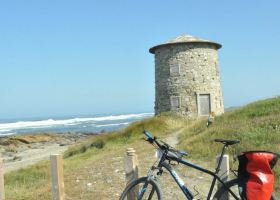
Bike pilgrimage along the Atlantic from Porto to Santiago.
9 days / 8 nights
From 990 Euro/pers.

Discover the 2025 rules for la Compostela. Learn requirements, stamps, and tips to get your pilgrim certificate on the Camino de Santiago.
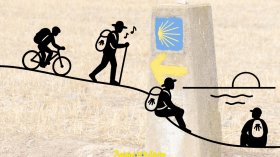
Which section of the Camino is the easiest? Which Camino is the most beautiful? And where is it actually the hardest to walk?